Dogs might not speak our language, but they’re constantly communicating through body language and behavior—especially when it comes to emotions like stress, loneliness, and joy. From tucked tails and excessive licking to happy tail wags and playful bounces, each signal tells a story about how they’re feeling. Learning to read these emotional cues can help you respond with the love and support they need. Whether your pup is anxious or overjoyed, their actions are full of meaning. Let’s uncover 15 emotional signals your dog uses to share what’s going on in their heart.
Tucked Tail: The Silent Whisper of Stress
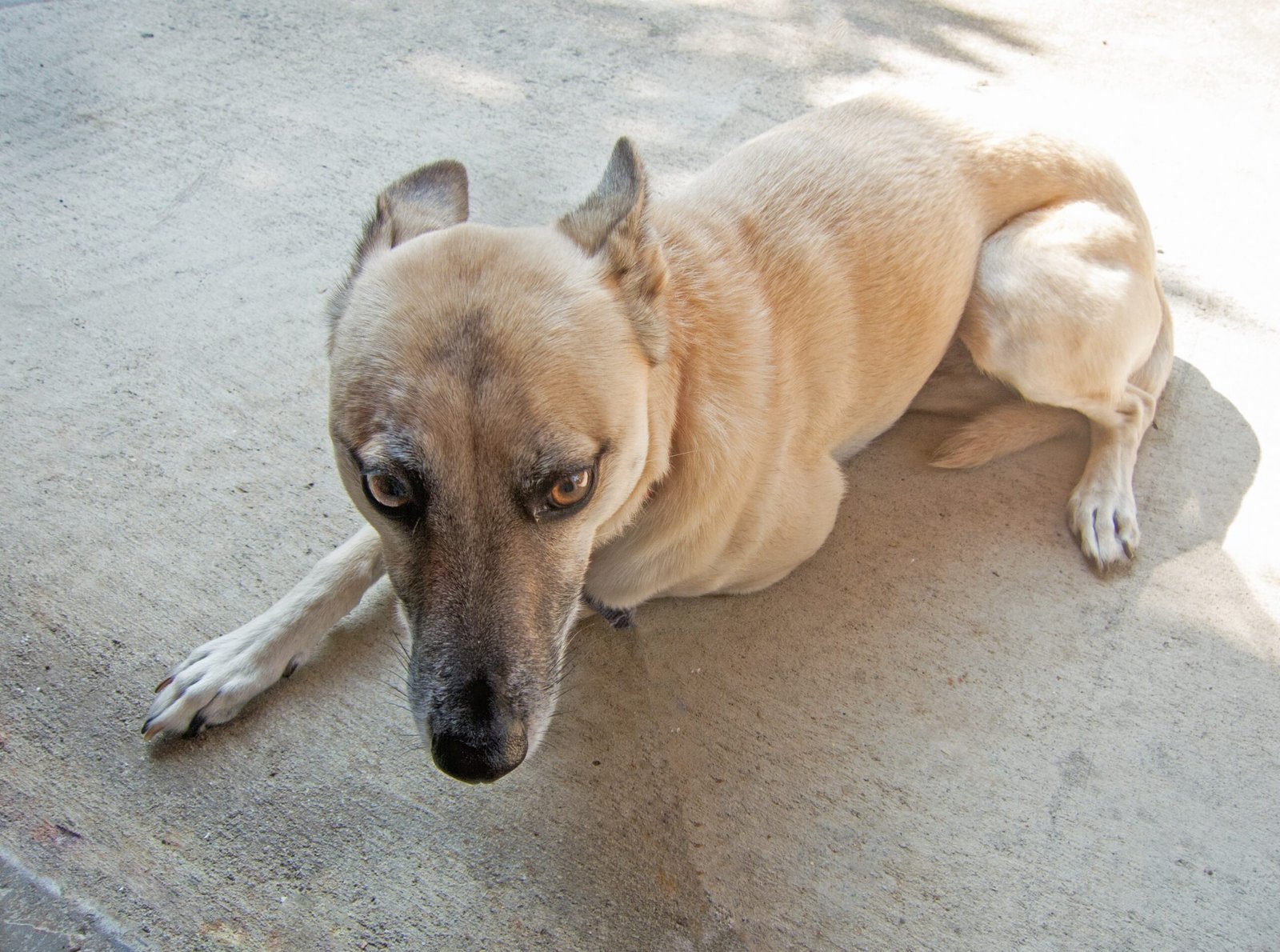
When a dog tucks its tail between its legs, it’s not just a random gesture—it’s a powerful sign of stress or fear. This behavior harks back to wild ancestors, who used it to signal submission or avoid drawing attention from threats. If you see your dog’s tail tucked low, pay attention. They might feel overwhelmed, anxious, or even scared by a new environment or person. Sometimes, a loud noise like thunder or fireworks can trigger this reaction. It’s important to approach your dog gently, offering reassurance without forcing interaction. Imagine how you’d feel hiding under a blanket during a storm—that’s your dog’s way of seeking safety.
Yawning: Not Just for Sleepyheads
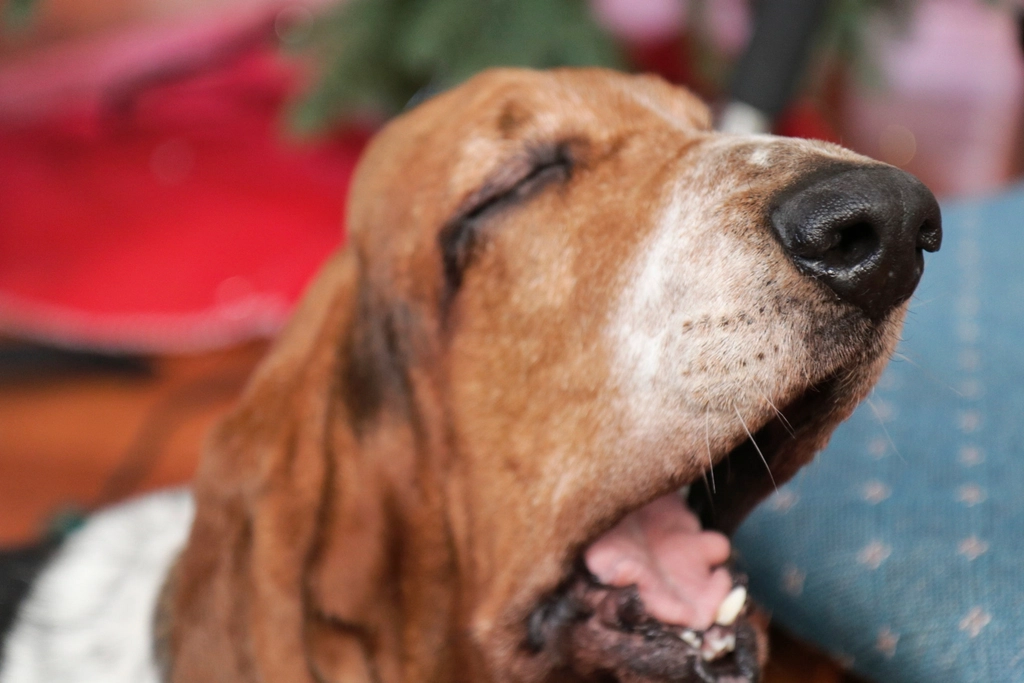
A yawn isn’t always a sign that your dog is ready for a nap. In fact, dogs often yawn when they’re feeling stressed or uneasy. If your dog suddenly starts yawning during a car ride or at the vet, it’s their way of coping with discomfort. This “calming signal” can also be contagious—just like with humans, you might find yourself yawning, too! Pay close attention to the context. If your dog is yawning in a tense situation, they’re telling you, “I need a break.” Offering a comforting word or a gentle pat can make all the difference.
Pacing Back and Forth: Anxious Energy Unleashed
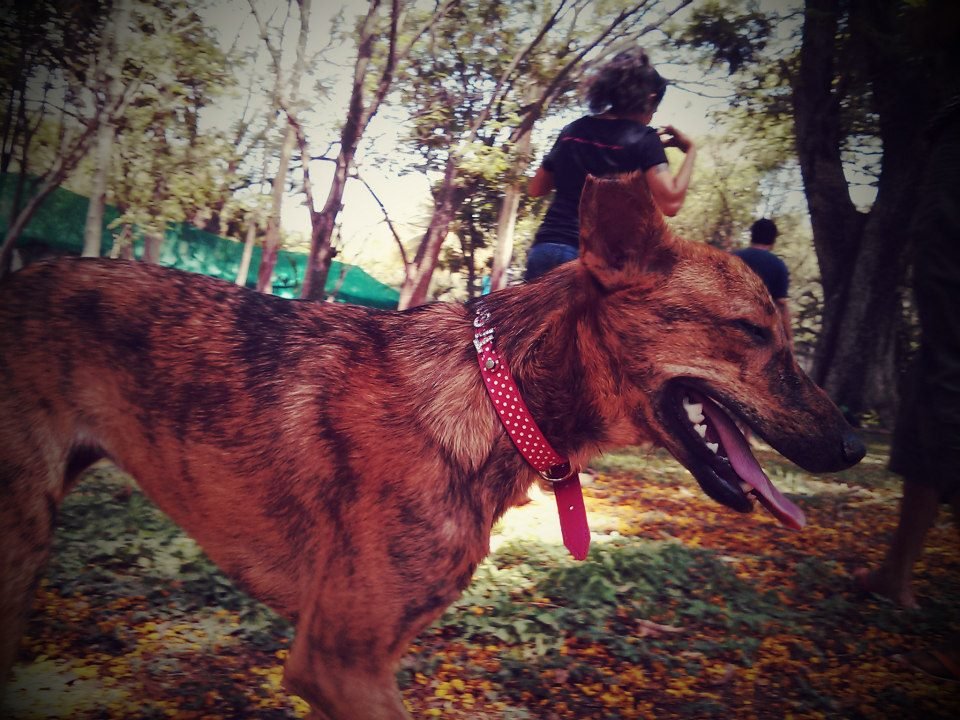
Have you noticed your dog pacing from one spot to another, unable to settle down? This restless movement is often a sign of anxiety or stress. Dogs might pace when they’re left alone, during thunderstorms, or when visitors arrive. It’s their way of physically working through nervous energy. Just like people who tap their feet or wring their hands, pacing is a coping mechanism. If you spot this signal, try to create a calm environment. A favorite toy or a soothing voice can help them relax and feel safe again.
Whining: The Heartfelt Call for Attention
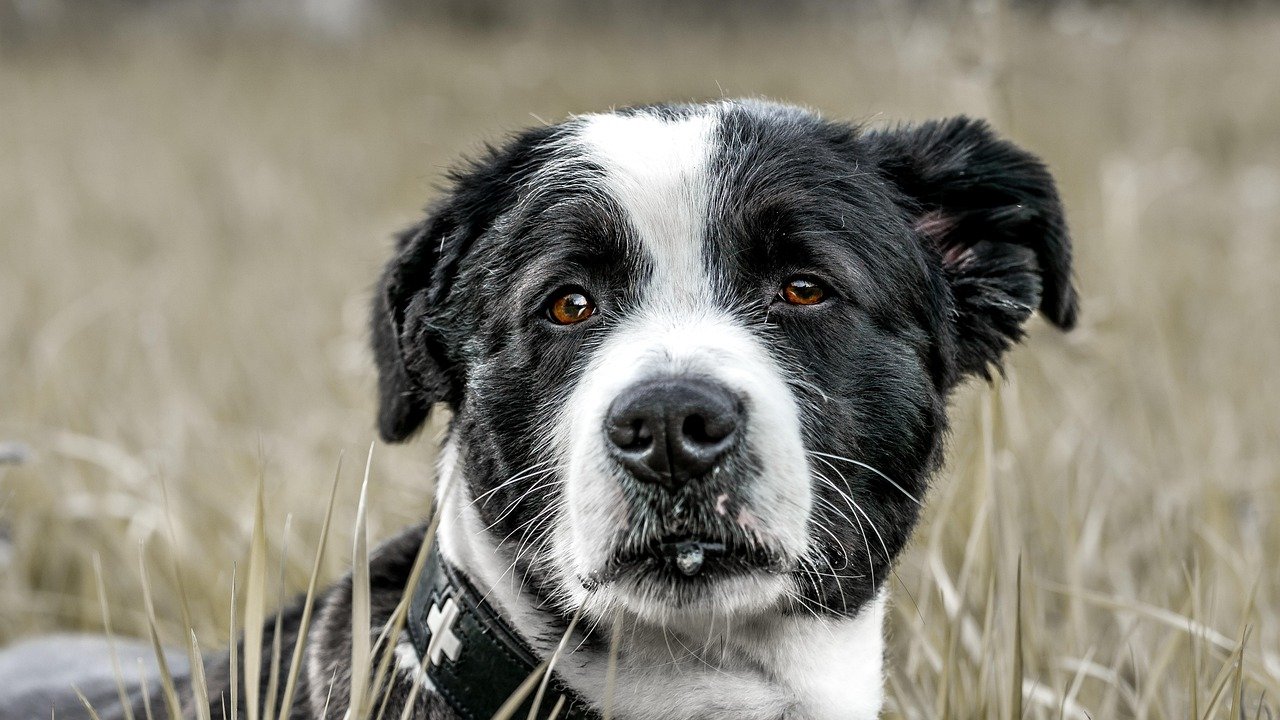
A dog’s whine is more than just noise—it’s an emotional plea. Whether they’re lonely, stressed, or simply want your attention, whining is their way of reaching out. If your pup starts whining when you leave the house or even while you’re nearby, it could be a sign of separation anxiety or a need for companionship. Sometimes, dogs whine when they’re excited too, but if it’s paired with other stress signals, take notice. Respond with patience, and try to meet their needs—whether that’s extra cuddles, a walk, or just sitting together quietly.
Lip Licking and Nose Licking: Subtle Signs of Unease
You’ve probably seen your dog quickly lick their lips or nose, even when there’s no food in sight. This subtle gesture often signals discomfort or anxiety. Dogs use lip licking as a way to self-soothe when they’re nervous, much like humans might bite their nails. This signal can be easy to miss, especially in stressful situations like vet visits or when meeting new people. If you notice this, it’s your cue to slow things down and give your dog space to adjust. Sometimes, a calm voice and gentle touch can help them feel more secure.
Flattened Ears: Listening to Their Emotions
A dog’s ears are expressive, like little antennas picking up emotional signals. When a dog pulls its ears back flat against its head, it’s often a sign of fear, anxiety, or submission. You might see this during thunderstorms, loud noises, or when they’re scolded. In some cases, flattened ears can also mean they’re uncomfortable with a new person or dog. Watch their body language closely—paired with a tucked tail or lowered head, it’s a clear message that they’re feeling stressed. Approach gently and let them come to you on their own terms.
Excessive Shedding: The Stress Sheen
Believe it or not, stress can cause dogs to shed more than usual. If you notice tufts of fur coming out during a vet visit or after a big move, your dog might be feeling anxious. This is a physical response to emotional tension, similar to how some people lose hair during stressful times. Grooming your dog can help reduce shedding and also serves as a bonding activity. While it’s normal for dogs to shed, a sudden increase can be a red flag that they need extra comfort and reassurance.
Loss of Appetite: When Joy Disappears from the Bowl
A happy, healthy dog usually dives into their food with gusto. But if your dog suddenly turns away from their bowl, it could be an emotional signal. Stress, loneliness, or sadness can dampen their appetite. This is especially common after major changes, like moving homes or losing a companion. If your dog skips meals for more than a day, it’s time to pay attention—not just to their health, but to their heart. A little encouragement and routine can help bring back their appetite and their spark.
Destructive Chewing: Acting Out Feelings
Has your dog suddenly started chewing on shoes, furniture, or anything they can get their teeth on? This isn’t just bad behavior—it’s often a sign of stress, boredom, or loneliness. Dogs use chewing as a way to cope with pent-up energy or emotions. Puppies chew to explore, but if an adult dog starts this habit, they might be crying out for more attention or stimulation. Redirect their energy with toys, playtime, or a walk. Remember, destructive chewing is their way of saying, “I need more from you.”
Play Bow: The Invitation of Pure Joy
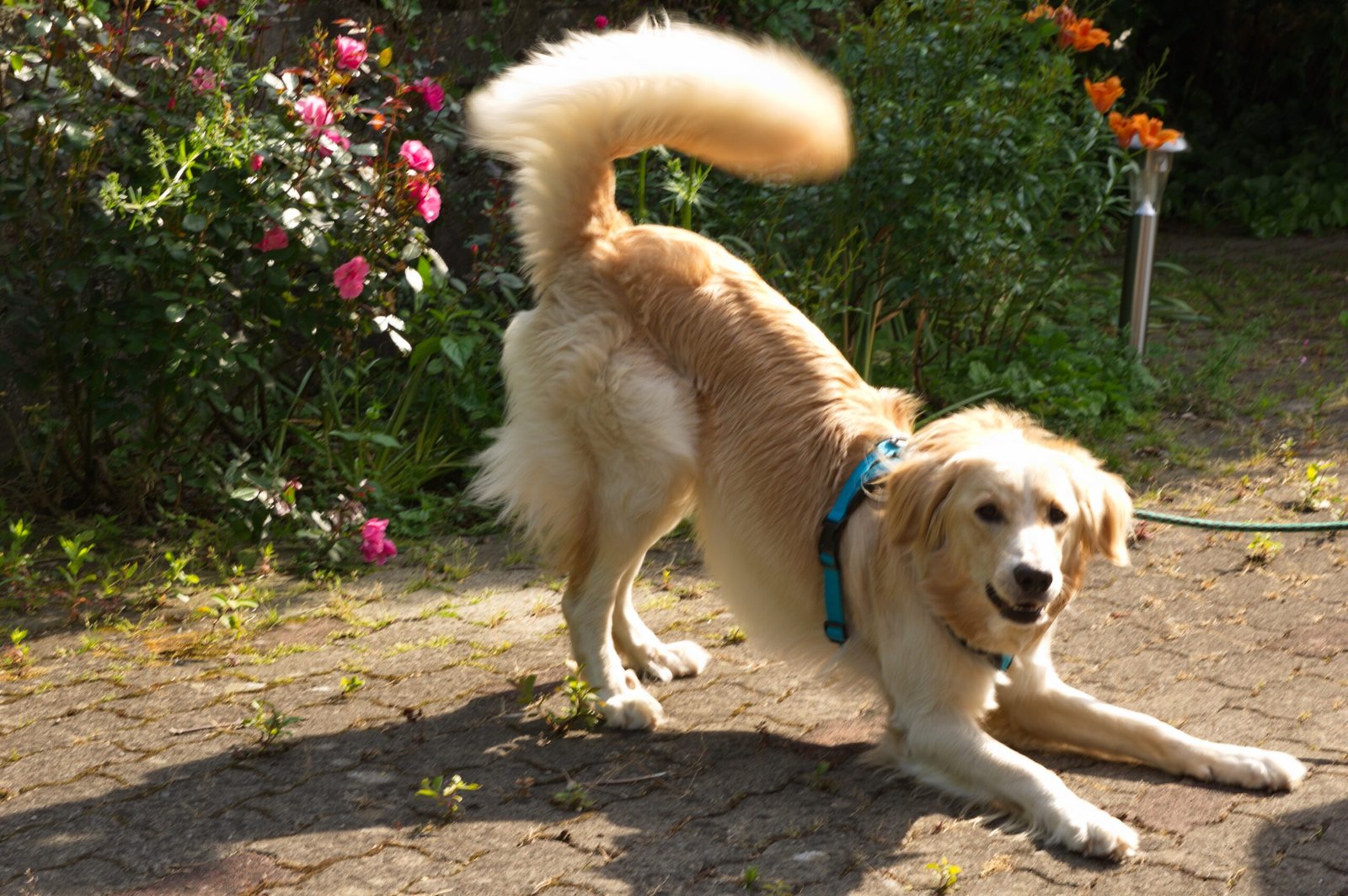
Few things are as heartwarming as a dog’s play bow—front legs stretched forward, rear end in the air, tail wagging like crazy. This classic pose is an open invitation to play and a clear sign of happiness. Dogs use the play bow to express excitement, joy, and a readiness to interact. If your dog greets you with this signal, they’re saying, “Let’s have fun together!” Responding with a game of fetch or tug-of-war can deepen your bond and create lasting joyful memories.
Wagging Tail: The Many Shades of Emotion
While a wagging tail is often seen as the universal sign of a happy dog, it’s actually more complex. The speed, direction, and height of the wag can reveal a range of emotions. A broad, sweeping wag usually means joy and friendliness, while a slow or stiff wag might signal uncertainty or stress. If your dog’s tail wags low and slow, they could be feeling anxious or cautious. Pay attention to the whole picture—tail, ears, and eyes—to truly understand what your dog is feeling in the moment.
Leaning In or Pressing Close: Seeking Comfort and Connection

Have you ever had your dog lean against your leg or press their body close to you? This gesture is more than just seeking warmth—it’s a sign of trust and a desire for comfort. Dogs often do this when they’re feeling anxious, lonely, or just want to feel close to their favorite human. Think of it as their way of saying, “I feel safe with you.” Offering a gentle hug or pet can reassure them and reinforce your special bond.
Smiling or Relaxed Open Mouth: Contentment on Display
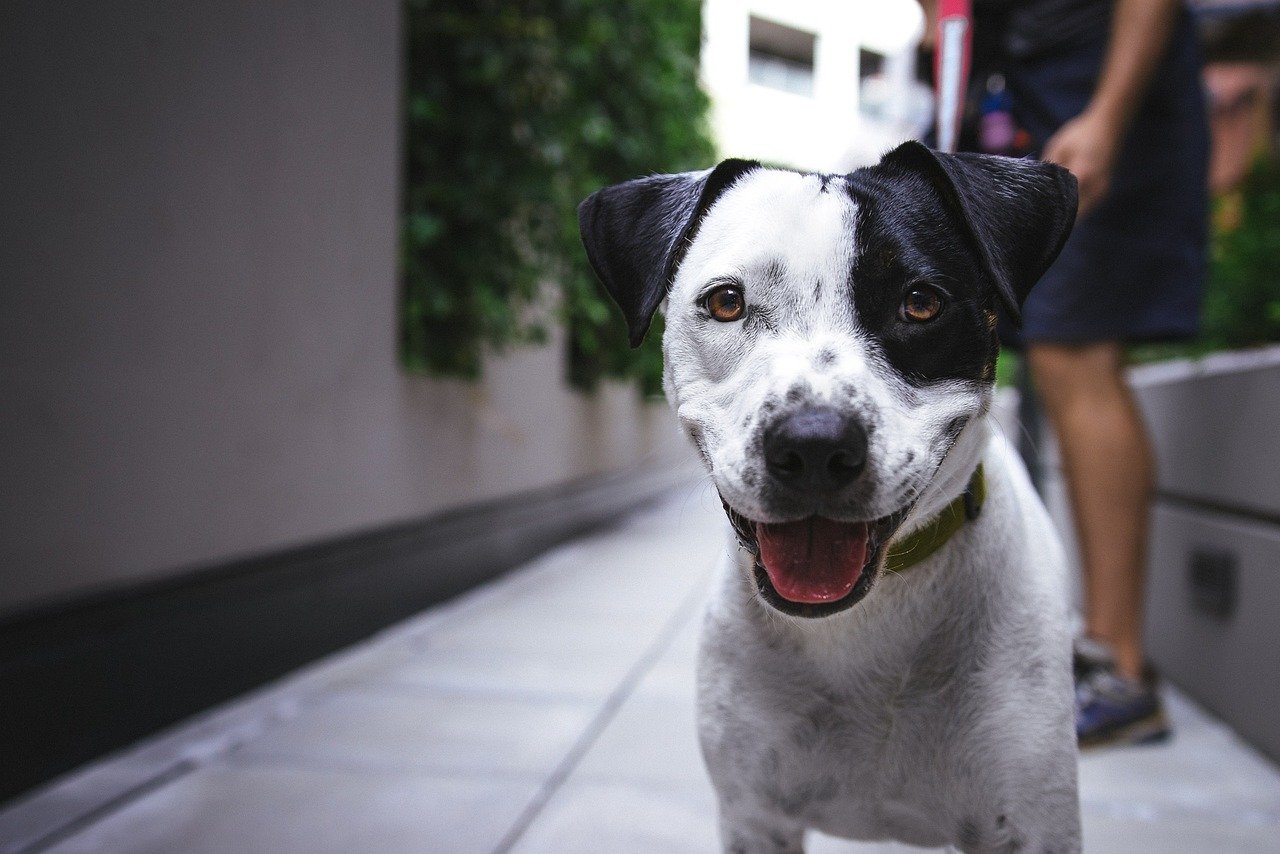
Yes, dogs can smile! A relaxed, open mouth with a soft expression is often a sign of contentment and joy. You might see this after a play session, during a belly rub, or when they’re lounging in the sun. Unlike a tense mouth or bared teeth, a doggy smile signals that they’re happy and at ease. It’s one of the most rewarding sights for any dog lover, letting you know that your dog is truly enjoying the moment.
Zoomies: The Explosion of Canine Happiness
If you’ve ever watched your dog suddenly dash around the yard or living room at top speed, you’ve witnessed the hilarious phenomenon known as “zoomies.” These bursts of energy are a joyful release, often happening after a bath, during playtime, or just because they feel good. Zoomies are a celebration of happiness and freedom, and they’re completely normal. Give your dog space to enjoy these moments—it’s their way of saying, “Life is awesome!”
Eye Contact: The Window to Their Soul
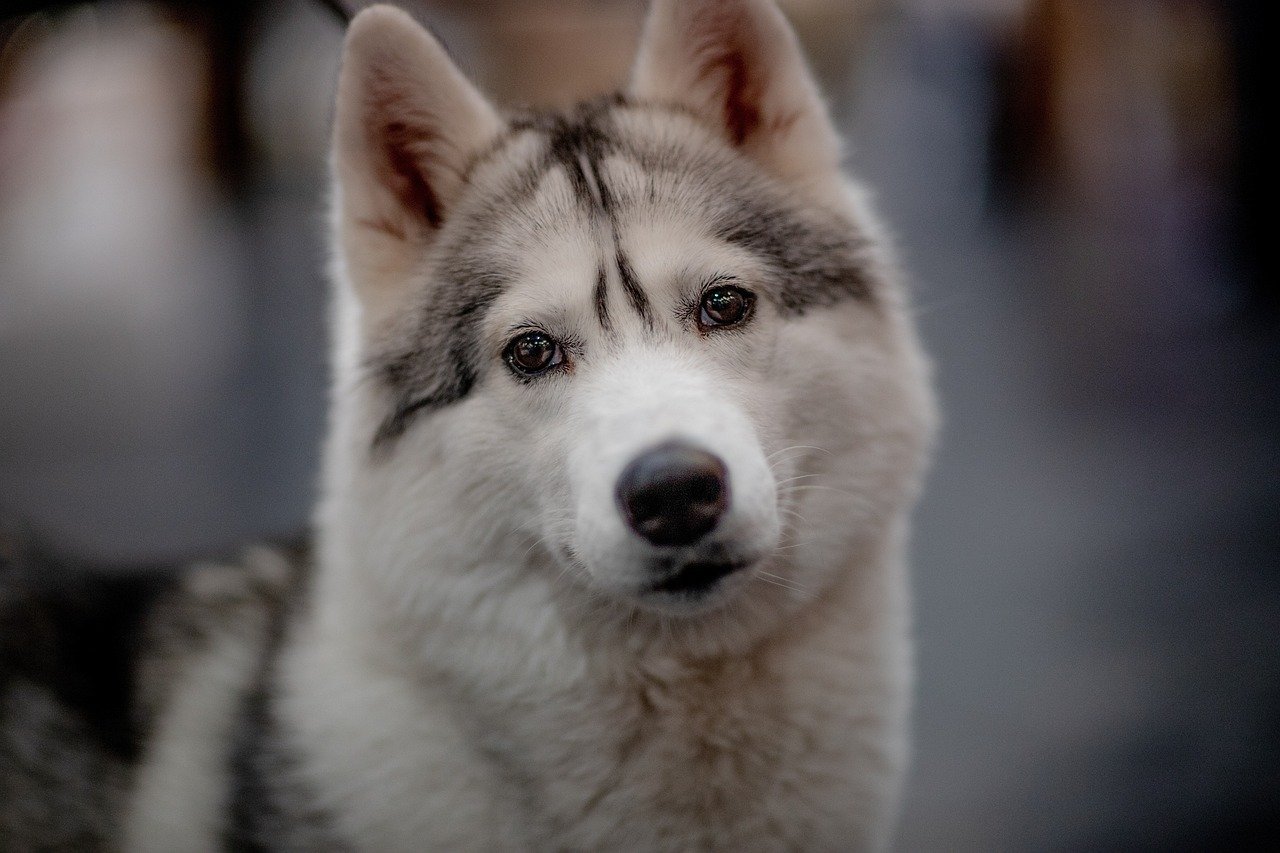
When your dog looks deeply into your eyes, they’re sharing more than just a glance—they’re expressing trust, love, and sometimes, a plea for understanding. Prolonged eye contact can release oxytocin, the “love hormone,” in both you and your dog. If your dog avoids eye contact, it could mean they’re feeling stressed, submissive, or unsure. But when they gaze at you with soft, loving eyes, it’s a sign of a deep, emotional connection—a silent conversation that says, “I love you, and I trust you.”
Understanding your dog’s emotional signals helps you become more than just a good pet parent—it makes you a true companion. When you recognize signs of stress, loneliness, or joy, you can respond with comfort, connection, or celebration. These little cues are your dog’s way of reaching out, trusting you to notice and care. So keep watching, listening, and learning—because every wag, whine, or cuddle is a chance to strengthen your bond and support their well-being.

Linnea is a born and bred Swede but spends as much time as possible in Cape Town, South Africa. This is mainly due to Cape Town’s extraordinary scenery, wildlife, and atmosphere (in other words, because Cape Town is heaven on earth.) That being said, Sweden’s majestic forests forever hold a special place in her heart. Linnea spends as much time as she can close to the ocean collecting sea shells or in the park admiring puppies.






